|
This month, we want to share some ideas for activities you can use in your classroom and home this summer - or any time of the year! We hope you enjoy these ideas for outdoor play, early literacy, art, science, and gender-neutral environments and toys. Please comment to share your own favorite teaching tips or activity ideas - there are so many wonderful ways for children to learn through play! Here are some ideas for exploring the outdoors with young children:
*Note: The safety of young children is our responsibility as caregivers. While you should be watchful not to knowingly expose children to danger, that does not mean clearing the path so they never have the chance to explore environments, test their own abilities or judge their own level of risk within a safe and supervised setting. Summer is the perfect time to give children the chance to read or be read to for fun and information. Visit your library to find books about a topic your children enjoy or that features their favorite characters. Check out a book that is beyond your children’s ability to read on their own and read it to them. Set aside time during your summer schedule for “read to me time”. Attend library programs, or read a book at naptime or bedtime. Reading to your child instills a love of language and the understanding that what we say can be written, what we write can then be read. It also builds connections between reader and child! Public libraries across the country have summer reading programs and incentives for all ages, even grown-ups! Visit your local public library to find out more about what they offer, or you can provide your own reward at home when a reading goal has been met. Share the power of reading with children:
Open-ended, creative art experiences emphasize process over product. Through these experiences, children explore materials instead of being told “how to do it” or what color something “should” be. Some process-focused art materials and activities to explore with young children include:
For more information, we recommend “How Process-Focused Art Experiences Support Preschoolers” https://www.naeyc.org/resources/pubs/tyc/feb2014/process-art-experiences There are so many science activities you can enjoy both indoors and outdoors! Besides the activities you provide in the science center in your classroom, you may want to provide these outdoor explorations as well: Sun:
Sand and dirt:
Water, clouds and rainbows:
While we as early childhood educators and parents may strive to make our classrooms and play areas places where boys and girls are equally encouraged to explore their own interests, we know that many social traditions as well as marketing and packaging are aimed at boys or girls. At ECS our team has always supported play that is child-led, not directed by an adult to be gender specific. Here are some ideas for fostering gender neutral play environments:
Notes from Marjorie: The “housekeeping/dramatic play” area of my classroom was always just as popular with boys! They took care of baby dolls, cooked, counted play money from wallets, and enjoyed seasonal activities like raking colorful (fake) leaves. Teachable moments when children are at play give us opportunities to encourage children’s play choices, like, “Rufus is doing a great job feeding the baby!” or “Look at the bridge Ava built with blocks!” Encouraging everyone equally provides the example for all to encourage one another and themselves! If a boy says he wants to be a mommy, he can pretend that role in dramatic play, dress-up, or play with people figures or dolls. If a child insists, “Boys can’t be mommies!”, talk about boys and men who also take care of babies and kids when they are daddies, brothers, teachers, doctors or nurses.
Play is the means through which children learn, and toys are the tools we give them to accomplish that job. What toys can best help? To help answer that question related to gender roles, NAEYC asked a researcher about her work on gender-typed toys: “In general the toys most associated with boys were related to fighting or aggression (wrestlers, soldiers, guns, etc.), and the toys most associated with girls were related to appearance (Barbie dolls and accessories, ballerina costumes, makeup, jewelry, etc.)." "The toys rated as most likely to be educational and to develop children’s physical, cognitive, artistic, and other skills were typically categorized as neutral or moderately masculine. We concluded that strongly gender-typed toys appear to be less supportive of optimal development than neutral or moderately gender-typed toys.” Her advice for parents and teachers: “Strongly gender-typed toys might encourage attributes that aren’t ones you actually want to foster. For girls, this would include a focus on attractiveness and appearance, perhaps leading to a message that this is the most important thing—to look pretty. For boys, the emphasis on violence and aggression (weapons, fighting, and aggression) might be less than desirable in the long run." "Also, moderately masculine toys have many positive qualities (spatial skills, science, building things, etc.) that parents might want to encourage in both boys and girls. It is the same for some moderately feminine toys (nurturance, care for infants, developing skills in cooking and housework).” For the full interview, see "What the Research Says: Gender-Typed Toys" https://www.naeyc.org/resources/topics/play/gender-typed-toys This doesn’t mean you should toss out your children’s favorite toys! Just be aware of the play opportunities those toys provide. Strive for a balance of toys led by the children’s interests, their developmental levels, appropriate safety, and whether those toys will provide opportunities for learning!
We hope you got some new ideas for activities to help children learn through play. Let us know your favorites so we and others can learn from you!
0 Comments
Your comment will be posted after it is approved.
Leave a Reply. |
AuthorI'm Diane Goyette, a Child Development Specialist, Trainer, Consultant and Keynote Speaker. I'm excited to share my blog! Archives
August 2023
Categories
All
|
|
Ways to Contact Us:
Schedule an Appointment |
|
Follow earlychildhoodspecialties for encouragement, teaching tips and more!
|
Follow eepworm for child-friendly posts!
|
© 2013-2024 Early Childhood Specialties LLC. All rights reserved.

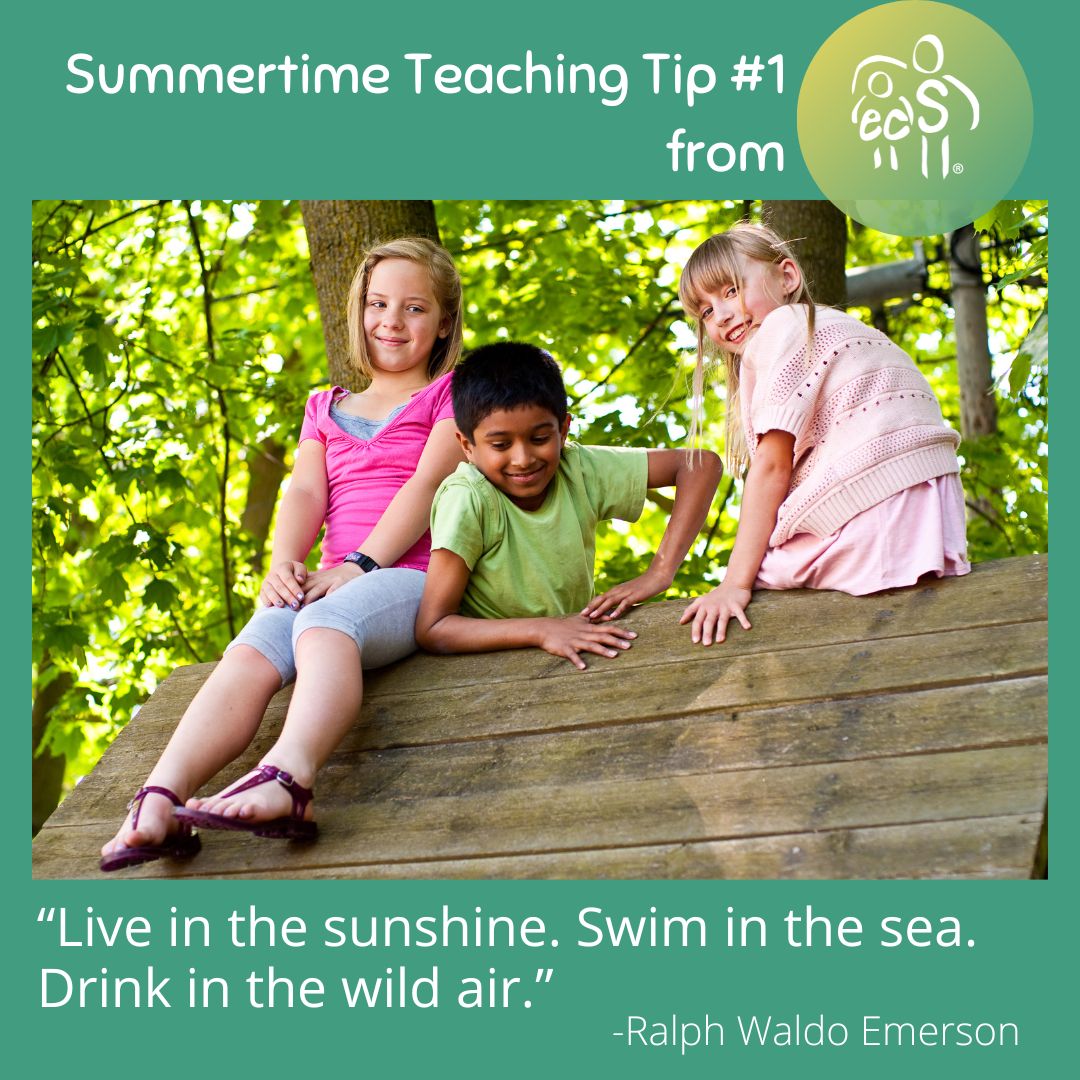
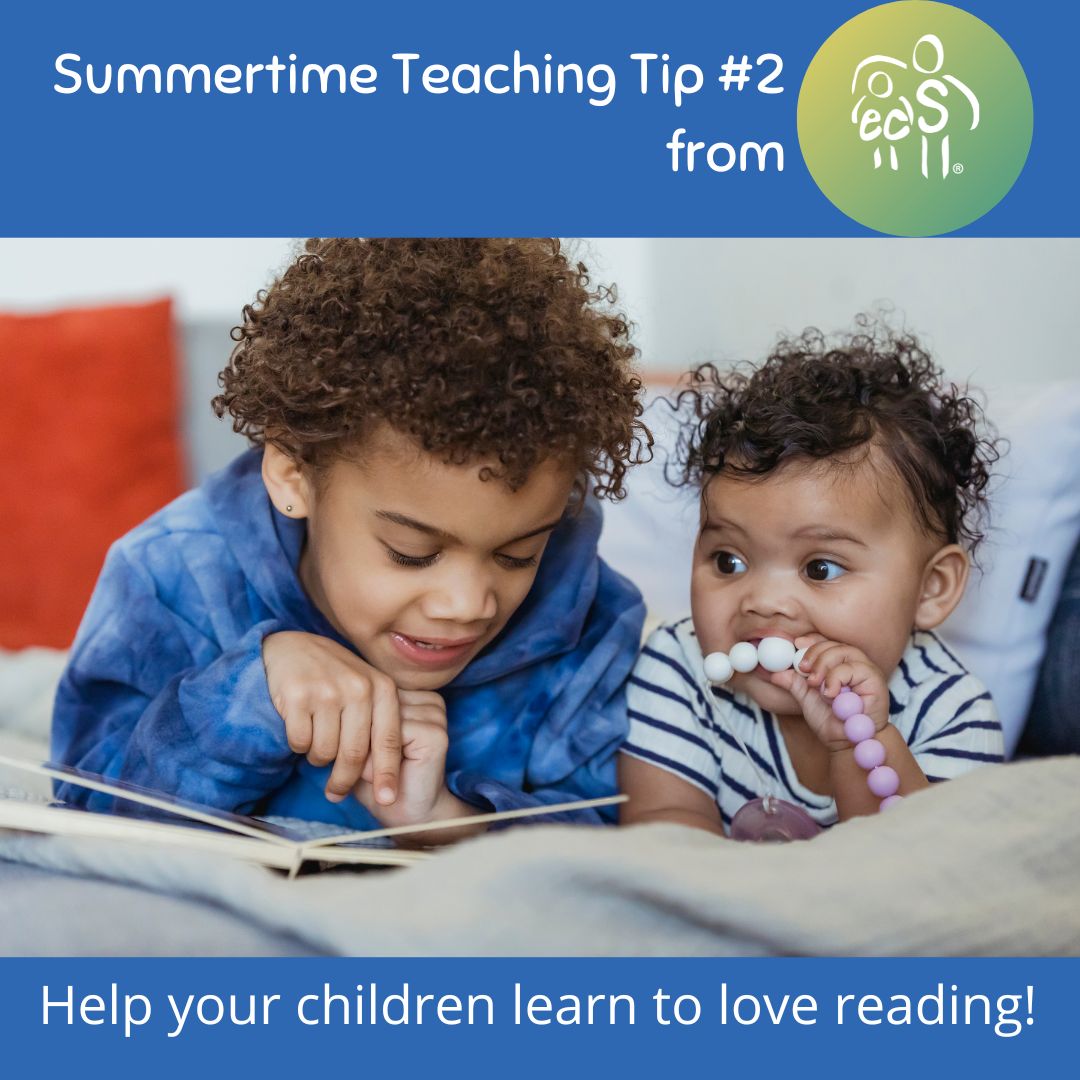
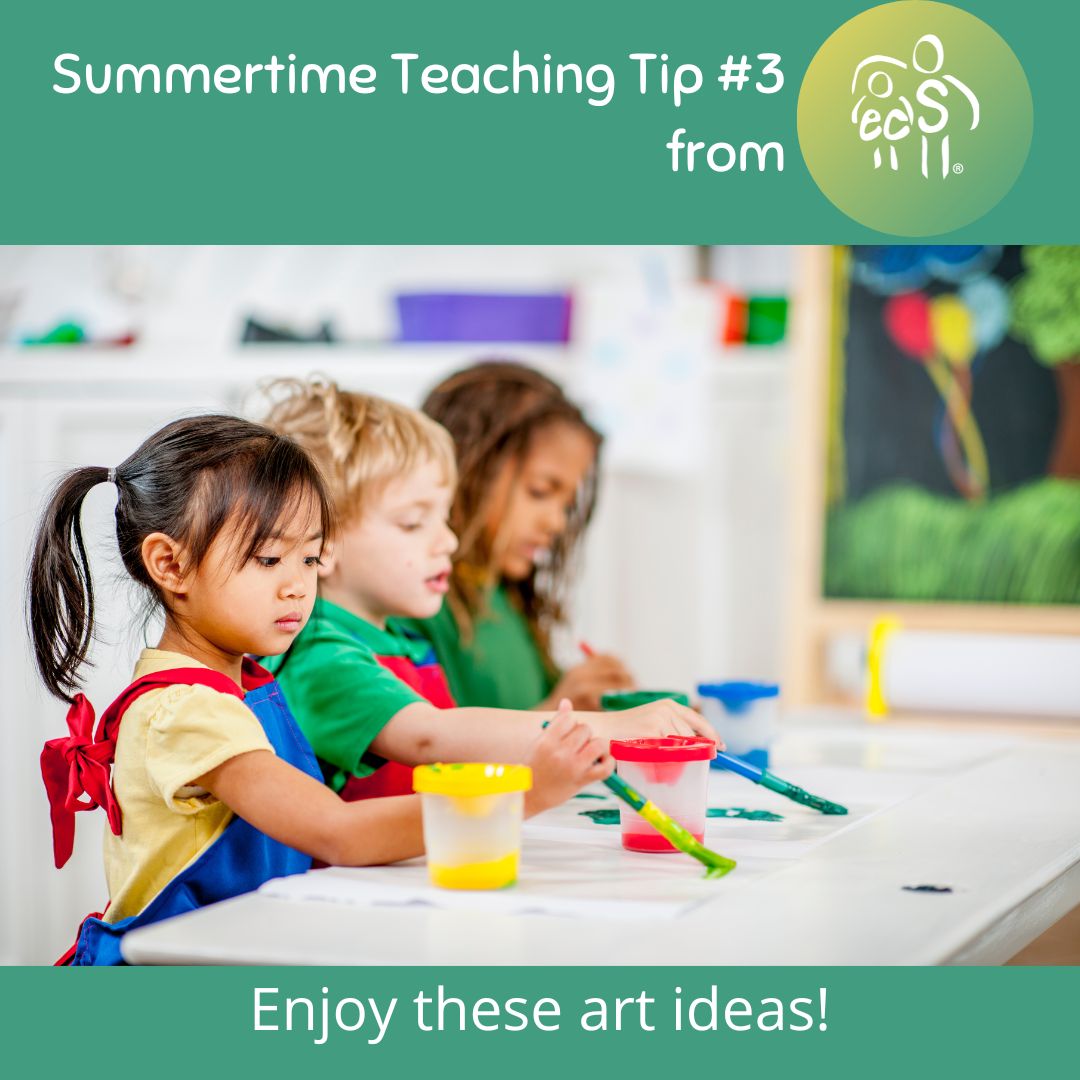
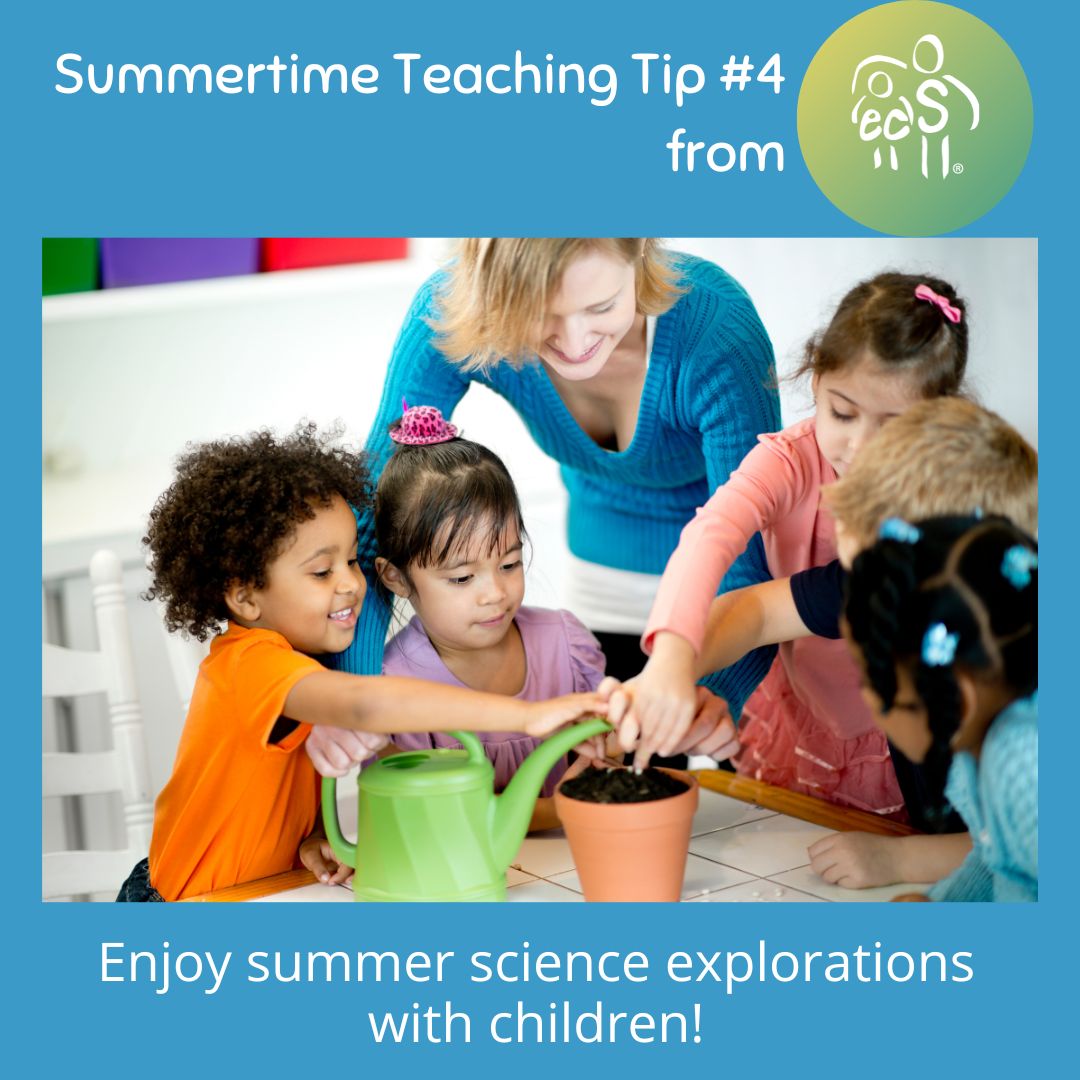
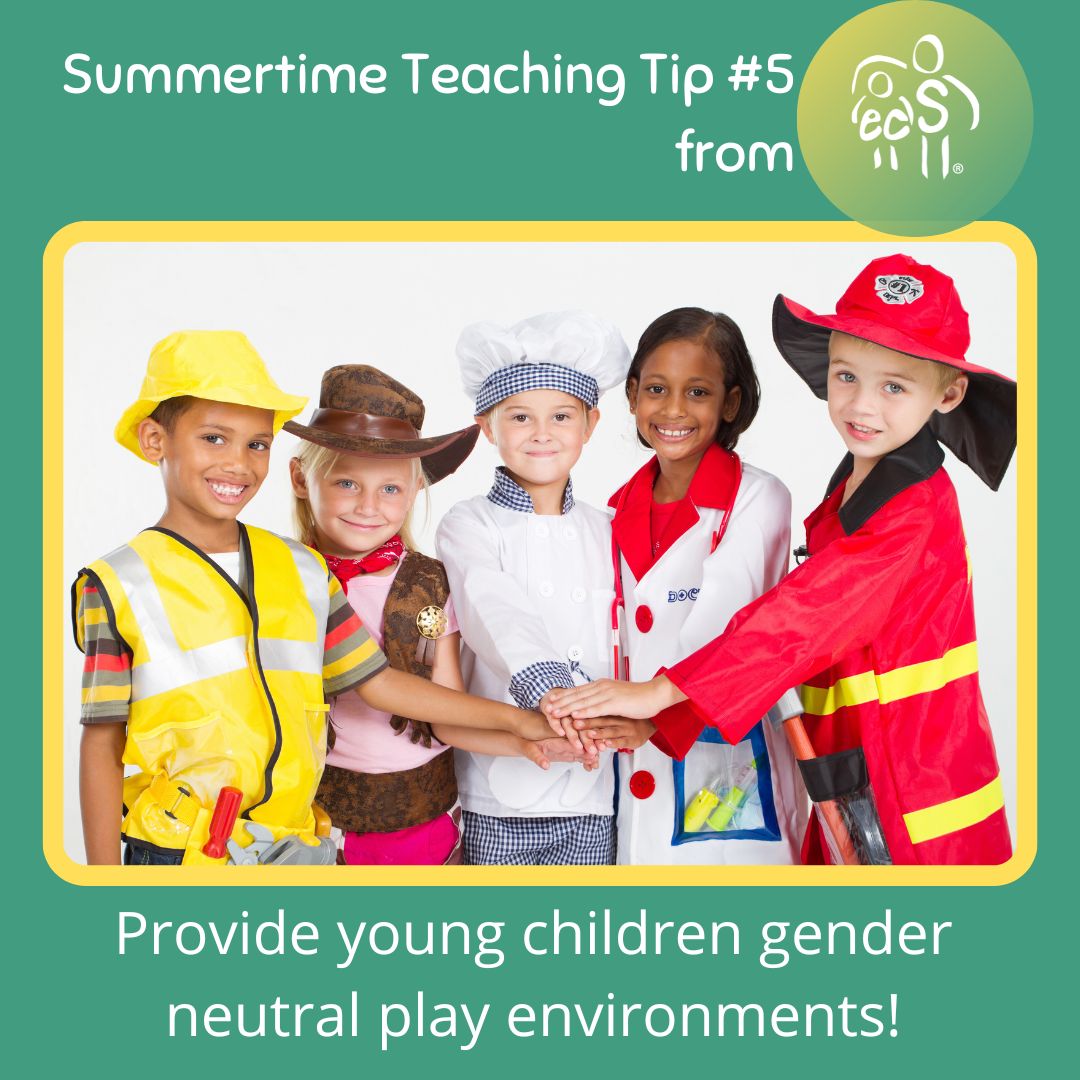
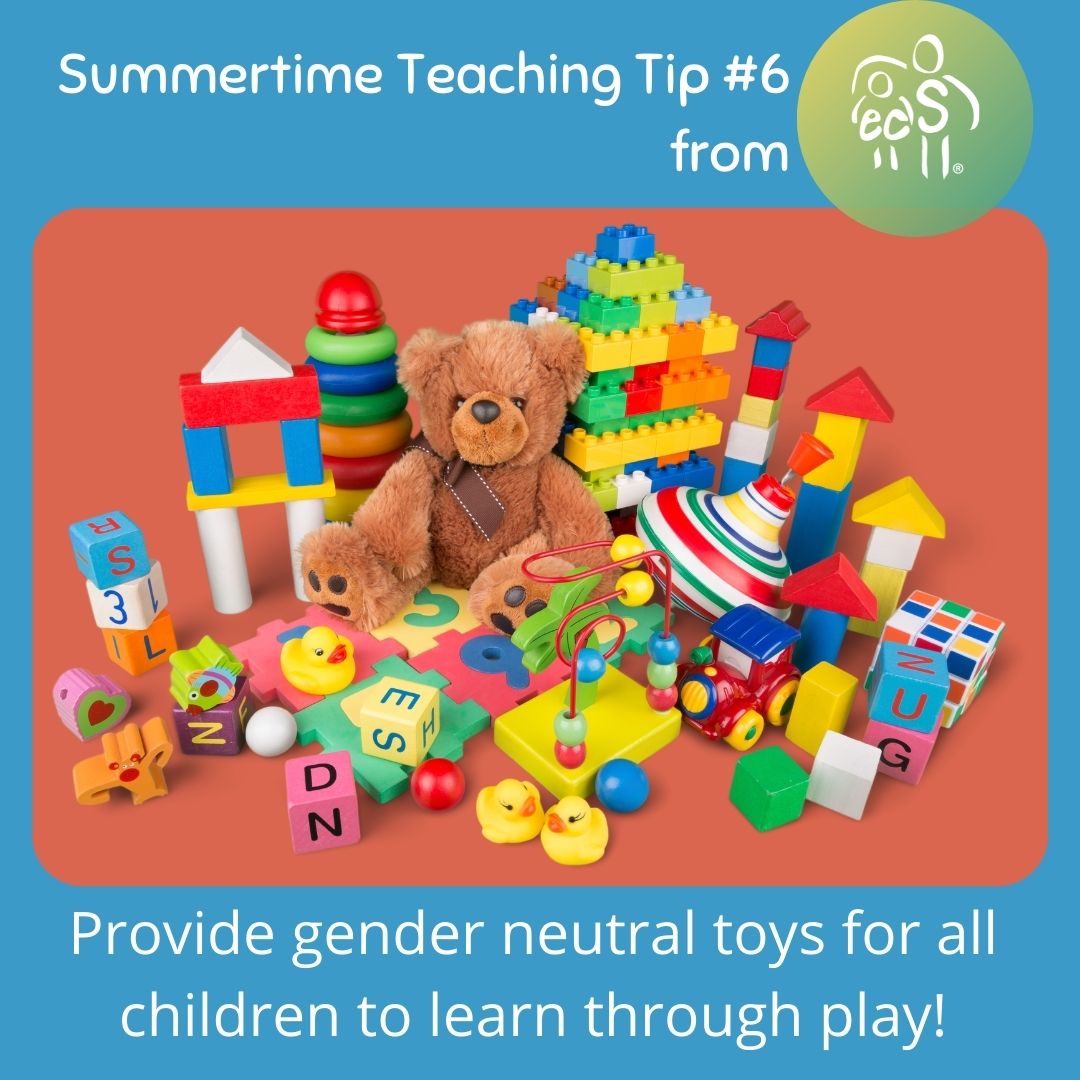
 RSS Feed
RSS Feed